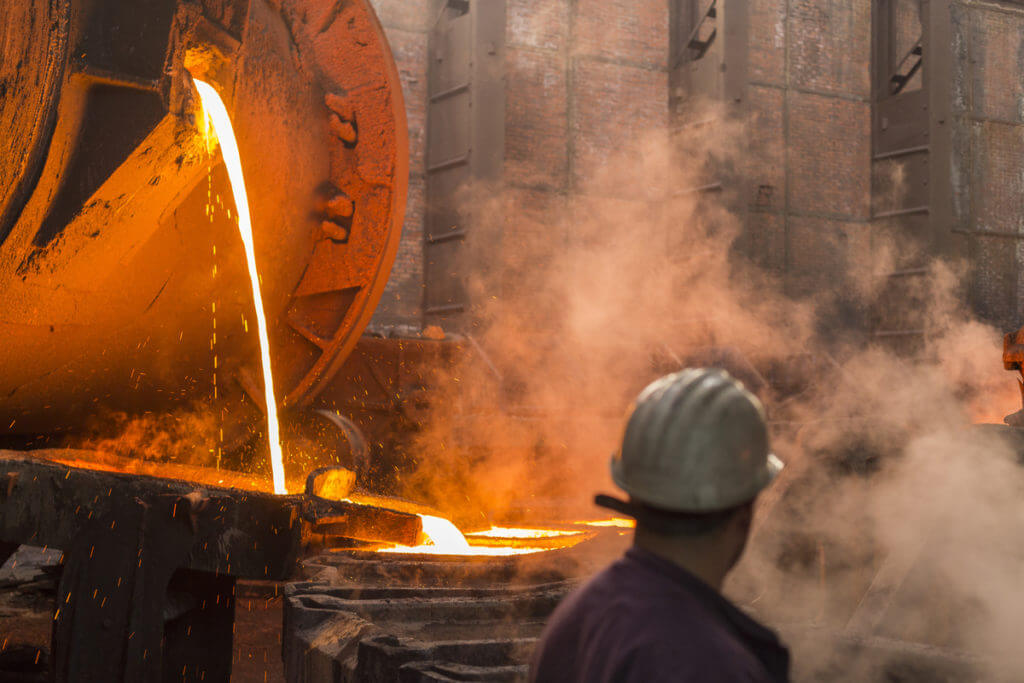After a five-day holiday in China, Chinese investors returned to the market. They released new demand for copper, which caused copper price’s record growth on Thursday.
As of 1:42 pm (EDT), copper for delivery in July rose by 1.71%, and the futures price on the New York Comex market was US$4.015 per pound (US$10,123 per ton), higher than the US$4.58 per pound, reached in February 2011.
The reopening of major industrial economies triggered a surge in the commodity markets from corn to timber.
Since the end of last year, copper prices have risen by 28.1%. It is a 114.9% increase from the 2020-low, reached in March of that year.
Bank of America expects copper prices to expand. They suppose Copper prices to soar to $13,000 per ton in the next few months, partly due to insufficient inventory.
Peru reported that copper production increased by 19% in March on the supply side, easing the tight global supply.
At the same time, the Chilean House of Commons passed a gradual copper sales tax rate. It may become one of the heaviest tax burdens of the global mining industry. It is likely to cause investment stagnation and price increases.
Why Is Copper Price Expected to Grow?
Analysts said that the surge in demand and insufficient supply of new copper projects might cause price growth. The price of copper should jump to US$20,000 per ton within a few years. It is twice the current price of about US$10,000 per ton, which is the highest level in a decade.
Demand surge for critical minerals, supporting copper mines’ energy transition, made copper one of the most popular metals this year. Due to global decarbonization and government pushes, copper prices have jumped to US$10,000 per ton. It is two of their pre-pandemic levels. Worldwide support and stimulation of electric vehicles enormously boosted the copper price.
Copper will become an essential metal in the energy transition. International Energy Agency pointed out that by 2030, the expected supply of existing mines and under-construction projects will meet about 80% of the world’s copper needs.










